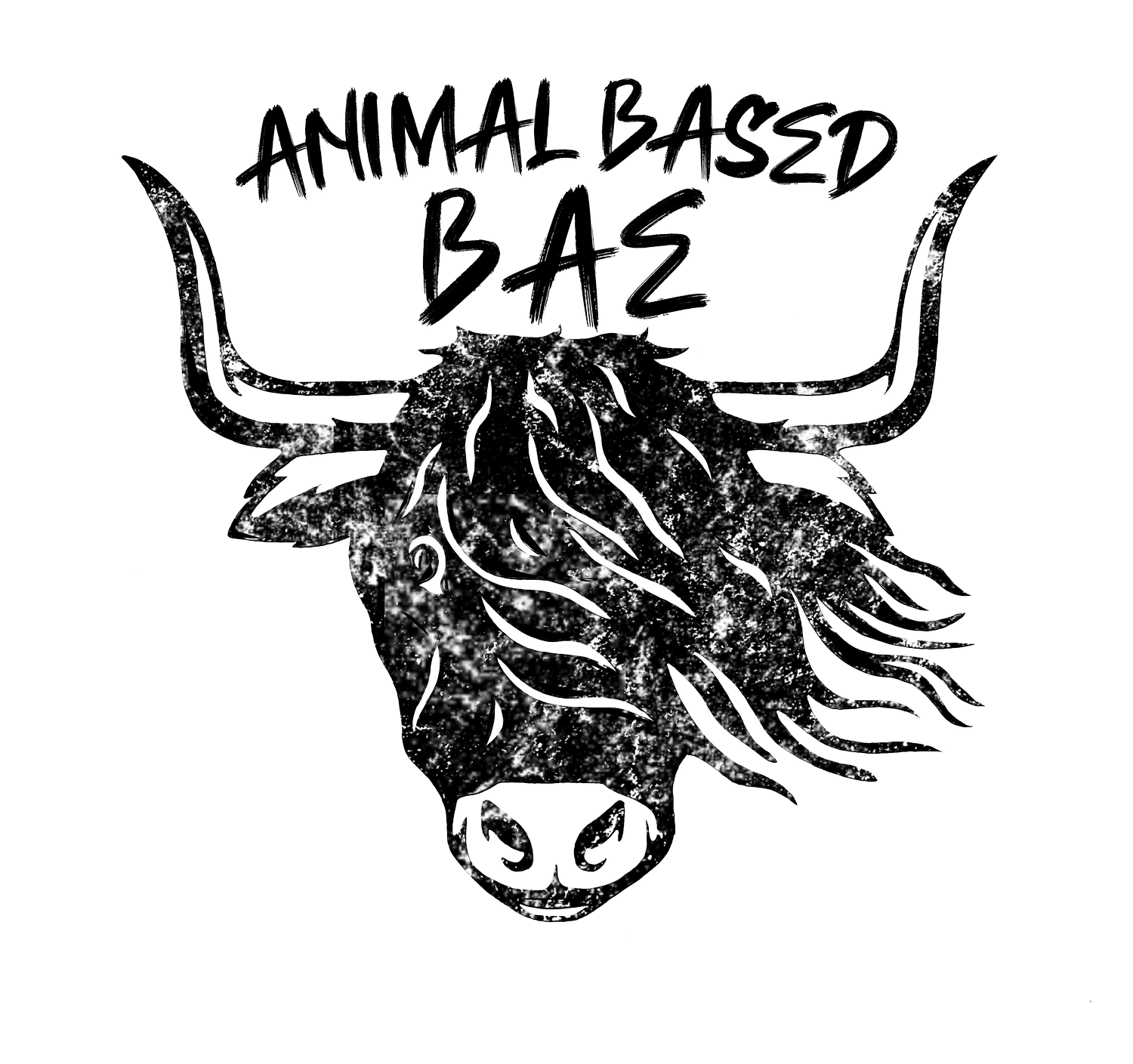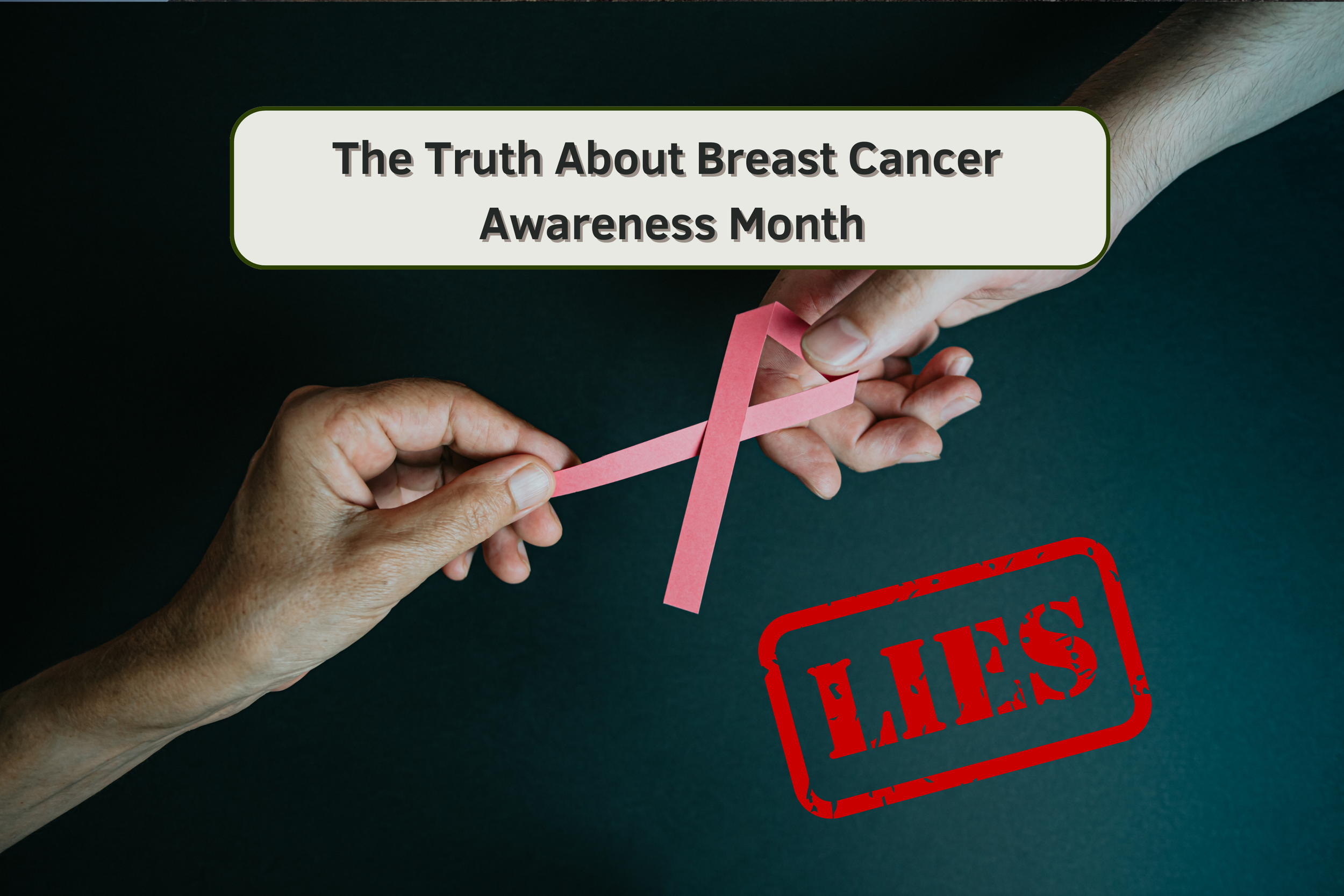Cancer Detection lies
The Truth About Breast Cancer Awareness Month
Every October, pink ribbons appear on storefronts, social media feeds, and charity events. Billions of dollars are raised in the name of “awareness.” But here’s the uncomfortable truth: Breast Cancer Awareness Month has become more about funding early detection and treatment—and less about addressing the root causes of the disease.
The Numbers We Can’t Ignore
Breast cancer is the most common cancer in women today. About 1 in 8 women (12–13%) in the U.S. will be diagnosed at some point in their lives.
Rates are rising, especially in younger women. Between 2012 and 2021, breast cancer incidence in women under 50 increased by 1.4% per year.
About 10% of cases now occur in women under 45. In women under 40, cases remain rare but tend to be more aggressive and harder to treat.
So with numbers like these, it’s no surprise the fundraising is massive:
Around $6 billion annually is funneled into research, awareness, and campaigns.
The American Cancer Society’s Making Strides Against Breast Cancer walks raised $47.5 million in 2024 alone.
Estée Lauder’s Breast Cancer Campaign has contributed $144 million globally.
The dominant message? Early detection saves lives…
Early Detection: The Profitable Loop
Mammograms, MRIs, ultrasounds, and genetic testing are pushed as the gold standard. The logic is simple: find it sooner, treat it earlier, and improve survival.
But here’s the catch—early detection fuels early treatment, and early treatment is big business.
Drugs that were once reserved for late-stage cancers have now moved into earlier and earlier stages:
CDK4/6 inhibitors like abemaciclib (Verzenio) or palbociclib (Ibrance): $12,000–$15,000 per month.
Trastuzumab (Herceptin): ~$76,000 per year.
Kadcyla: ~$120,000 per year.
Enhertu: even more expensive.
This expands the customer base (women with earlier cancers) and keeps them on drugs longer. For drugmakers, it’s lucrative. For women, the benefits aren’t always clear.
Some may see lower recurrence risk, but many live with long-term side effects: heart problems, bone loss, immune suppression, fatigue, cognitive changes.
Awareness campaigns frame early detection as the ultimate solution—when in fact, it only finds cancer once it already exists.
Prevention: The Missing Piece
Here’s the staggering reality: less than 4% of the National Cancer Institute’s budget goes toward prevention research.
Instead of pouring billions into better drugs and earlier scans, what if we asked: Why are more women developing breast cancer in the first place?
The answer circles back to estrogen dominance. Roughly 85% of breast cancers are estrogen-receptor positive, meaning estrogen fuels their growth. And today, women are drowning in estrogenic inputs.
Why Estrogen Is So High Today
Biological & Lifestyle Factors
Earlier puberty → higher lifetime estrogen exposure. Many girls are now exposed to estrogen in the womb because their mothers are already overloaded with estrogenic chemicals.
Excess body fat → aromatase. Fat tissue converts and stores estrogen, creating a constant cycle of excess.
Hormonal contraceptives → synthetic hormones. These introduce estrogen and progestins that alter natural balance.
Delayed childbirth / fewer pregnancies → less progesterone protection. Progesterone helps balance estrogen, but many women today experience less exposure.
Fertility treatments → repeated estrogen surges. Assisted reproductive technologies often push estrogen levels to extremes.
Environmental Inputs
Seed oils, soy, and flax → estrogenic foods that disrupt hormones.
Endocrine disruptors → plastics, cosmetics, sunscreen, pesticides, herbicides, glyphosate. Daily exposure from what we eat, touch, and put on our skin.
Heavy metals → cadmium, arsenic, lead. These “metalloestrogens” mimic estrogen inside the body.
Chronic stress → cortisol imbalance. High cortisol suppresses thyroid function and amplifies estrogen activity.
Low Vitamin D → proven risk factor. Deficiency is consistently linked to higher breast cancer risk.
Medical radiation → mammograms, CT scans, X-rays. Each adds to lifetime estrogenic and oxidative stress load.
What Real Prevention Could Look Like
Prevention doesn’t sell drugs—but it does save lives. Many of these steps are free, simple eliminations once you have the awareness:
Remove estrogenic inputs: ditch seed oils, plastics, toxic cosmetics, processed soy.
Choose real food: grass-fed meat, organs, raw dairy, eggs—nutrients that regulate hormones naturally. (I cover this fully in my Animal-Based Guide to Clean Eating if you’re ready to upgrade your food and fuel your body with real nourishment.)
Support detox pathways: nourish liver health with whole foods, hydrate with minerals, sweat regularly.
Fix your light environment: get outside daily, soak up morning sunlight, block artificial blue light at night, and stop slathering on chemical sunscreens.
Balance stress & sleep: progesterone and estrogen only stay balanced when your nervous system is.
Track your cycle & hormones: real knowledge is power—not just medical tests.
Raise Vitamin D levels: through sunlight first, then supplementation if needed.
👉 Many of these are about removing what harms you—simple, free changes with massive impact. For the exposures you can’t fully avoid, I’ve built resources to help:
My Guide to Removing Plastics makes swaps easy so you can cut estrogenic toxins at home.
My Animal-Based Guide to healthy eating shows how real food—grass-fed meat, organs, raw dairy, and eggs—can naturally support hormone balance and lower breast cancer risk.
My Favorites Page includes trusted farms and safe food sources free from pesticides, heavy metals, glyphosate and additives. I also share vetted brands for blocking junk light, and safe, non-toxic cosmetics that don’t disrupt hormones.
Redefining “Awareness”
If Breast Cancer Awareness Month was truly about awareness, it would spotlight:
The endocrine disruptors hiding in our food, homes, and personal care products.
The role of estrogen dominance in fueling tumor growth.
How diet, light, stress, and toxins directly shape our hormonal health.
Prevention as the ultimate form of empowerment—not just early detection.
Women deserve more than a pink ribbon, a mammogram, and a prescription pad. They deserve the truth—and real tools to protect their bodies.
Breast cancer doesn’t begin with a diagnosis. It begins years earlier—through the environment we live in and the choices we’ve been told are “normal.”
Final Thoughts: Redefining “Awareness”
Breast Cancer Awareness Month shouldn’t just be about pink ribbons, donations, or early detection campaigns. True awareness means shining light on the root causes—endocrine disruptors, estrogen dominance, seed oils, plastics, stress, and nutrient-poor diets—that set the stage for disease years before a diagnosis.
Women deserve more than a mammogram and a prescription pad. They deserve the truth—and real tools to protect their bodies. Prevention isn’t glamorous, but it’s powerful. It looks like real food, toxin-free living, quality sleep, sunlight, and daily choices that strengthen the body instead of weakening it.
✨ If you’re ready to start, check out my Animal-Based Guide for clean eating, grab my Plastics Removal Guide to cut hidden exposures, and subscribe to my newsletter for weekly tips. Because prevention isn’t just possible—it’s power in your hands.
Lindsay

